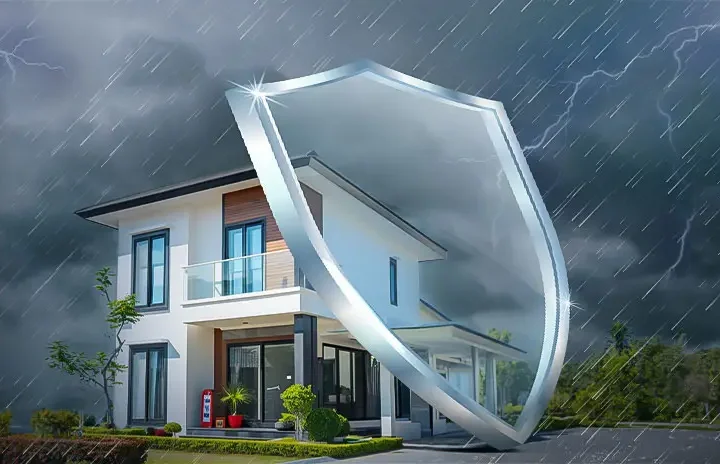Whether you are remodeling your home or planning a major renovation, it is important to be aware of current interior design trends. These changes will help you create a look that is modern, unique and welcoming to guests.
Minimalism is on the decline
Until recently, minimalist designs and interior design trends were popular, but they are now on the decline. Often described as the antithesis of the high-gloss consumer trend, minimalism is an approach to living that focuses on the quality of your possessions instead of the quantity of them.
Minimalism is a trend that began in the 1960s and has since made a big impact on the art world. In addition to being a great aesthetic, it has also had a major impact on pop culture. For instance, you might have seen minimalist artwork in movies such as The Graduate or in more contemporary works of art.
Essentially, minimalism entails the elimination of unnecessary objects and embellishments from your home, allowing for a sense of calm. Its primary purpose is to prevent clutter from obstructing your view of beauty.
Color is back
Throughout the years, color has been an important part of interior design. It can bring comfort and nostalgia, and also make a room more stylish. This year, color is back! Thankfully, you don’t have to spend a fortune to update your space. You can simply add a few pops of colorful accents to create an impact without overwhelming your space.
This year, a popular color trend is navy blue. It works well with modern or transitional designs, and can even be used in traditional-inspired interiors.
Another popular color is red. It was a popular color during the seventies and eighties, but it’s making a comeback. It can add drama to any room and is considered a warm color.
The most popular shade of red is primary red. It is a timeless hue in modern and vintage interiors.
Statement ceilings
Adding artistic touches to your ceiling can be the key to creating a space that pops. Whether it’s a whimsical floral wallpaper, a geometric pattern, or a custom chandelier, there are numerous ways to do it.
You can choose from a variety of materials, including paint, wood, and tiles, to create your own statement. Depending on your style, you can choose a more classic or modern look for your room.
For example, you can opt for a neutral paint color, such as off white, or go for a pop of bold color. If you’re going for a more eclectic look, you can add a touch of color with metallic wallpaper. A pressed tin ceiling is another statement option. This material is available in many patterns, giving your room the retro look of a tin ceiling.
Sculptural lighting
Sculptural lighting is one of the most intriguing trends in interior design today. This trend takes traditional light fixtures and transforms them into works of art. Sculptural lights can be found in homes, restaurants, coffee shops, and galleries. They can be a standout addition to any room.
Sculptural lighting can be found in a variety of different shapes and styles. It can be a chandelier, lamp, sconce, or floor lamp. It can also be used to create a table lamp or pendant lamp. It adds drama to a space and is a functional element. It can be placed in a dining room, living room, hallway, or bedroom.
Sculptural lighting is often made of LEDs. These are small but bright lights that are designed to cast a soft, ambient light. The light can be used to replace a typical light bulb, or it can be used as an artistic element.
Japanesedi scheme
During the past couple of years, Japandi is becoming a popular interior design trend. The style is a delicate fusion of Japanese and Scandinavian aesthetics. It brings together the elements of the two styles and creates a warm and serene living space.
It is characterized by a mix of natural materials, including wood, bamboo, paper, and rattan. These natural materials can be combined with cozy textures such as silk, cashmere, and velvet.
The concept of wabi-sabi is also an important feature of this style. This Japanese philosophy combines beauty with imperfections. It is a belief that the simple things are often the most rewarding.
Another feature of this style is its tendency toward “obstacle free” design. This means that furniture is designed to adjust height and accommodate seating arrangements. This allows for a comfortable and clutter-free environment.












More Stories
Black and White Living Room
The Role of Transformers in Power Distribution and Grid Stability
The Role of Technology in Contemporary Home Design